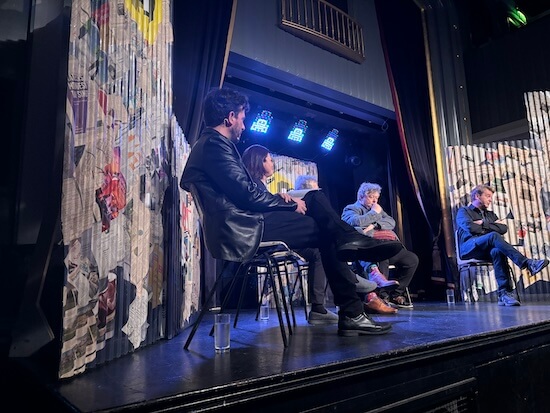
Physics is top-down, Biology is bottom-up
This line struck me in the panel discussion on “Evolutionary Economics”, which discussed how Economics was closely linked to Biology in the 1980s, however over the last century or so, it has felt more closely linked to Physics. Let us consider the statement then.
Physics is based on developing theories and then looking to prove them. In neo-classical Economics, so much of it is about models and rules that we then try to fit the world into. Unfortunately, the world is not made up of “Rational Actors” (a “rule” of Economics), it is made up of humans, and, as I often say (and see this earlier post, “We are feeling creatures that think, not thinking creatures that feel”):
We are Human Beings, not Human Doings
So, Physics is “top-down”, it takes theories and then looks to fit the world into them (I’m simplifying radically, sorry to my theoretical physicist friends!), but Biology is bottom-up.
Biology is about observing the world around us and then learning what that means.
In Economics, this falls squarely into the field of Behavioural Economics, and regular readers (even of the last few day’s posts!) will know that I hold Rory Sutherland and his way of thinking about the world in high regard. Rory would not consider himself an Economist, but an “Ad Man”, but in my view he is absolutely an Economist, and a brilliant one at that. It was in fact Rory who said during that panel discussion that concise line I started this post with.
Whether an “Ad Man” or an Economist, the approach Rory takes is to observe, test, try things, recognise (as Seth Godin would say) “this might not work”, then develop theories and practices from that.
Now, connecting dots to apply this to the business world, leadership is now not about “top-down”, the world now and organisations withing it are increasingly complex and adaptive systems. Within that recognition is to understand the importance of “emergence”, of allowing ideas to emerge, be tested, develop, iterate, change, shift etc.
My work with leaders is around several areas, and at the centre of that is leading change.
At the foot of my home page are several core articles, of which three are at the heart of my work, illustrated by the image below. The three articles are:
These three themes are all essential for leaders and leadership in the world we now live in, as, to quote Chris van der Kuyl, “we live in the fastest times we have ever lived in, and the slowest we will ever see”.
The third of these, as illustrated in blue in the image below, is Cascading Leadership. The article goes some way to explain, in principle, how I recommend leading change when we recognise that we live in a world of speed and complexity, where, counter-intuitively, the first thing we need to do is to “slow down now to speed up later”.
I’d also summarise the approach now by referencing the title of a mad and great Oscar-winning movie that came out after I wrote the article, “Everything, Everywhere, all at once”, or you could say “top down and bottom up and everywhere in between”.
Yes, it sounds confusing, as there is no set way to lead change in this way, but if you are interested in talking about this further, I’d love to listen and share, just as I encourage leaders to listen to their organisation and to encourage those within it to share and share widely and openly.

